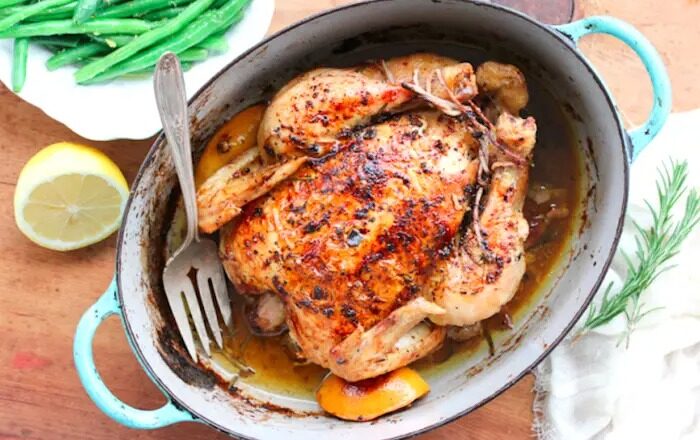A Dutch oven is a versatile and sturdy cooking pot that can last for generations. However, to maintain its longevity and non-stick properties, regular reseasoning is essential. In this article, we are delighted to share all the tips and technology-approved methods on how to reseason a Dutch oven.

Why is Reseasoning Important?
Reseasoning a Dutch oven is crucial as it helps maintain its non-stick surface and prevents rust. A well-seasoned Dutch oven ensures that your food cooks evenly and retains its flavor. In addition, reseasoning helps in extending the life of your Dutch oven.
:max_bytes(150000):strip_icc()/dutch-oven-tout-b111718c4c5e4f44b3619b43c6e30e99.jpg)
When to Reseason Your Dutch Oven?
Signs That Your Dutch Oven Needs Reseasoning
There are several signs that indicate when your Dutch oven needs reseasoning:
- The surface appears dry or rusty.
- Food sticks to the pot more than usual.
- The surface has a dull appearance.
How Often Should You Reseason?
How often you need to reseason your Dutch oven depends on how frequently you use it. For regular users, reseasoning every few months might be necessary, while occasional users might do it once or twice a year.

Materials You Will Need
- Dish Soap
- Warm Water
- Vegetable Oil or Flaxseed Oil
- Aluminum Foil
- Oven (Preheated to 400F)
Step-by-Step Guide on How to Reseason a Dutch Oven
Step 1: Clean Your Dutch Oven
Start by thoroughly cleaning your Dutch oven with dish soap and warm water. Remove any food particles and grease. Avoid using abrasive scrubbers. For more tips, check out this article.
Step 2: Dry Your Dutch Oven
Once cleaned, dry your Dutch oven completely. You can do this by heating it on the stove over low heat or simply letting it air dry.
Step 3: Apply Oil
Using a cloth or paper towel, apply a thin layer of vegetable oil or flaxseed oil to the entire surface of the Dutch oven, both inside and out.
Step 4: Prepare for Baking
Line the lower rack of your oven with aluminum foil to catch any drips. Place your Dutch oven upside down on the middle rack. This allows the oil to fully saturate into the iron.
Step 5: Bake
Bake the Dutch oven at 400F for one hour. After baking, leave it in the oven to cool down gradually.
Step 6: Repeat if Necessary
If the surface still appears dull or uneven, you may need to repeat the oiling and baking process.
Maintaining Your Reseasoned Dutch Oven
Regular Cleaning
After each use, clean your Dutch oven with warm water and a soft sponge. Avoid using dish soap as it can strip away the seasoning.
Proper Storage
Store your Dutch oven in a dry, cool place. Placing a paper towel inside can help absorb any moisture.
Common Mistakes to Avoid
Using Soap
It’s essential to avoid using soap after your Dutch oven has been reseasoned. Soap can remove the non-stick layer you’ve worked hard to create.
Skipping Regular Maintenance
Remember, regular maintenance is key to a lasting Dutch oven. Skipping this can lead to rust and deterioration.
FAQs
Can I use olive oil for reseasoning?
Yes, but vegetable oil or flaxseed oil is recommended for better results.
How do I remove rust from my Dutch oven?
Scrub the rusty areas gently with a mixture of baking soda and water before reseasoning.
Is it safe to cook immediately after reseasoning?
Yes, once the Dutch oven has cooled down, it is safe to cook in it right away.
For more detailed instructions, read how to clean a Dutch oven here.
As an Amazon Associate, I earn from qualifying purchases.

